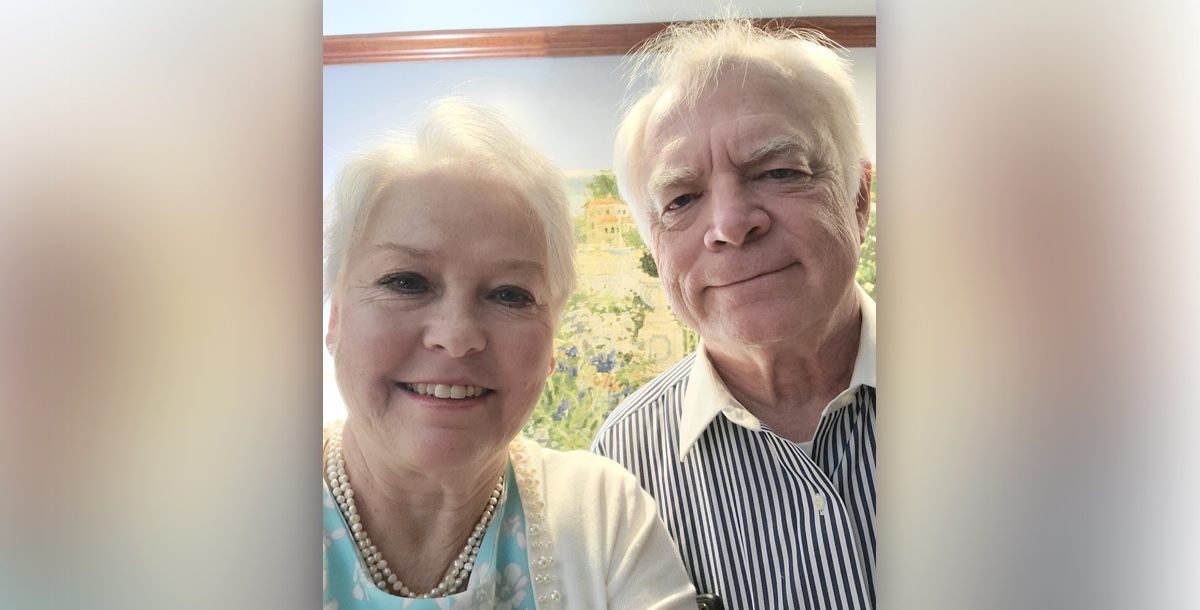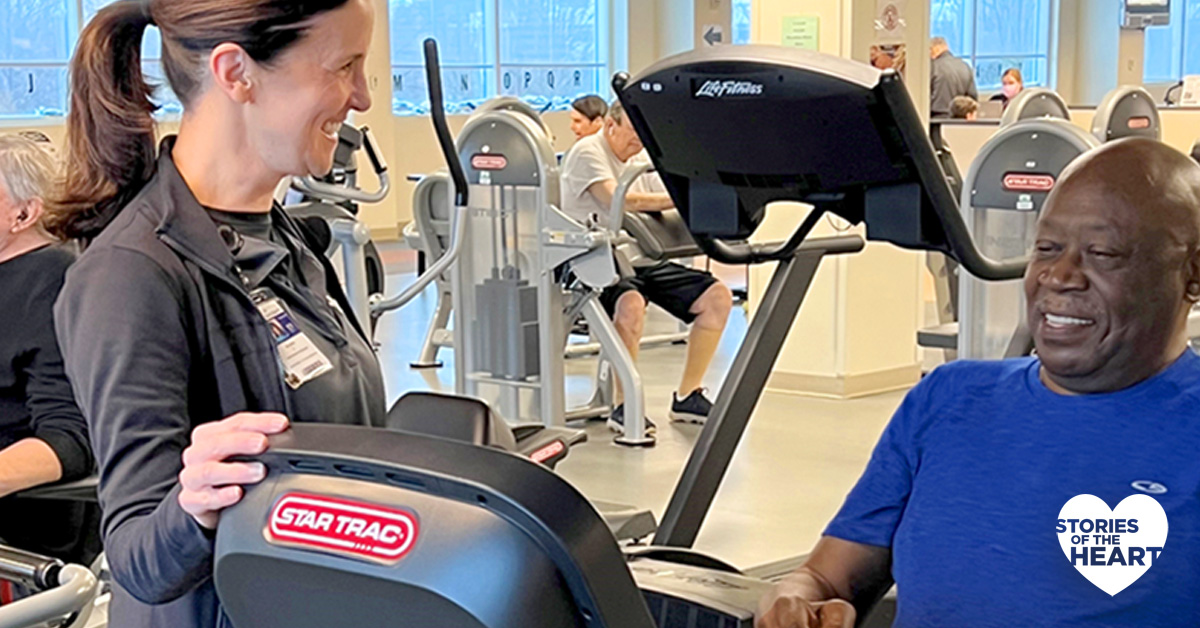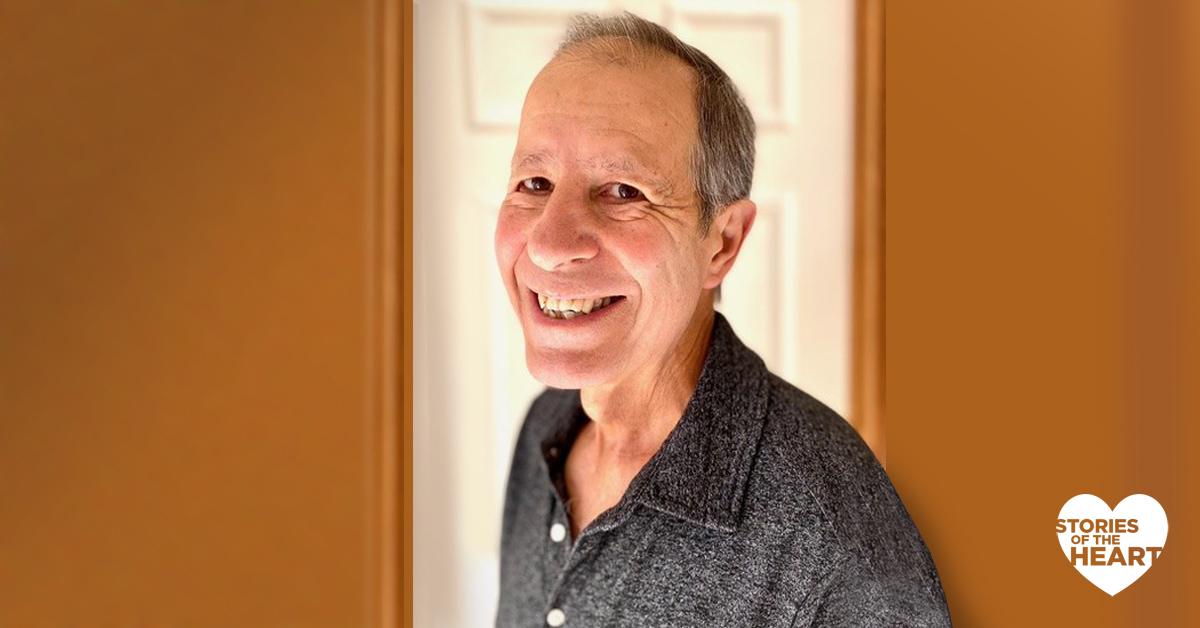One morning, when Ernest “Ernie” Hendrick started feeling chest pains that wouldn’t go away, his wife Linda took him to the emergency department at Bon Secours Memorial Regional Medical Center.
There Sameer Rohatgi, MD, a cardiologist, was consulted and shared that Ernie was having a heart attack. He was evaluated, and it was suggested that he may need a heart valve replacement. Ernie was then admitted to Memorial Regional Medical Center for additional tests and monitoring.
After a week, his heart care team, including Dr. Rohatgi, Brody Wehman, MD, a cardiac surgeon, and Renee Tierney, ACNP, advised that he would be a good candidate for the Transcatheter Aortic Valve Replacement (TAVR) procedure. Linda and her son were hopeful for Ernie, but things took a turn during the procedure.
“During a TAVR procedure, which is a non-invasive way of replacing a heart valve, there is a 1 percent or less risk of a life-threatening emergency,” Dr. Wehman shares. “The vast majority of patients undergoing a TAVR are discharged home the next morning without complication.”
However, in the event of an emergency, Dr. Wehman and the cardiac surgery team are available and in the room at the time of the procedure. Ernie was unfortunately part of that 1 percent who suffered a major complication during the procedure. But Dr. Wehman, Dr. Rohatgi and the anesthesia team were able to respond swiftly and save his life.
“We were able to resuscitate him and use all of the mechanical support available to us to keep him alive,” Dr. Wehman adds. “It was truly a multi-disciplinary effort by our entire team of doctors, nurses and cath lab staff.”
Later, Linda was informed that Ernie had gone into cardiac arrest for a second time during the procedure. She was told by Dr. Rohatgi that he wasn’t going to make it and Dr. Wehman informed her that they were going to perform open-heart surgery and do everything they could to save his life. The open-heart surgery turned out to be successful and Ernie was put in the cardiac care unit for recovery, where the doctors put him in a medically induced coma for about a week with bypass support. He remained at Memorial Regional Medical Center for 45 days and was discharged to a rehab facility for two weeks before beginning his recovery at home.
“I died three times and they brought me back each time,” Ernie shares. “During the last time when I flat-lined, I saw my father that had passed away nine years ago. My dad told me that it wasn’t my time, and that I needed to go back.”
His situation touched the doctors and nurses that saved him. Linda shares that everyone was always coming to see Ernie and checking on him, whether they were taking care of him or not.
“They wanted to visit and make sure he was doing all right,” she recalls.
Linda adds, “I think so highly of Ernie’s care team that worked so hard to bring him back to me and my son, Mark. Dr. Wehman, Dr. Rohatgi and Renee were all with us from the very beginning. They were very caring, compassionate and kind to my family and me. They always made sure that we were comfortable and knew what was being done to Ernie at all times. I don’t know what we would have done without them.”
Through this emotional and trying period, the Hendricks are thankful for the service they received at Bon Secours and their faith is stronger than ever. Although Ernie does not remember much about his time at Memorial Regional Medical Center, he is feeling blessed to be alive.
“Now I am walking, I am speaking, eating, the whole nine yards,” Ernie shares.
And Linda says, “I say my prayers every day, thanking God for letting him come back.”
Learn more about the heart and vascular care services we offer at Bon Secours.





